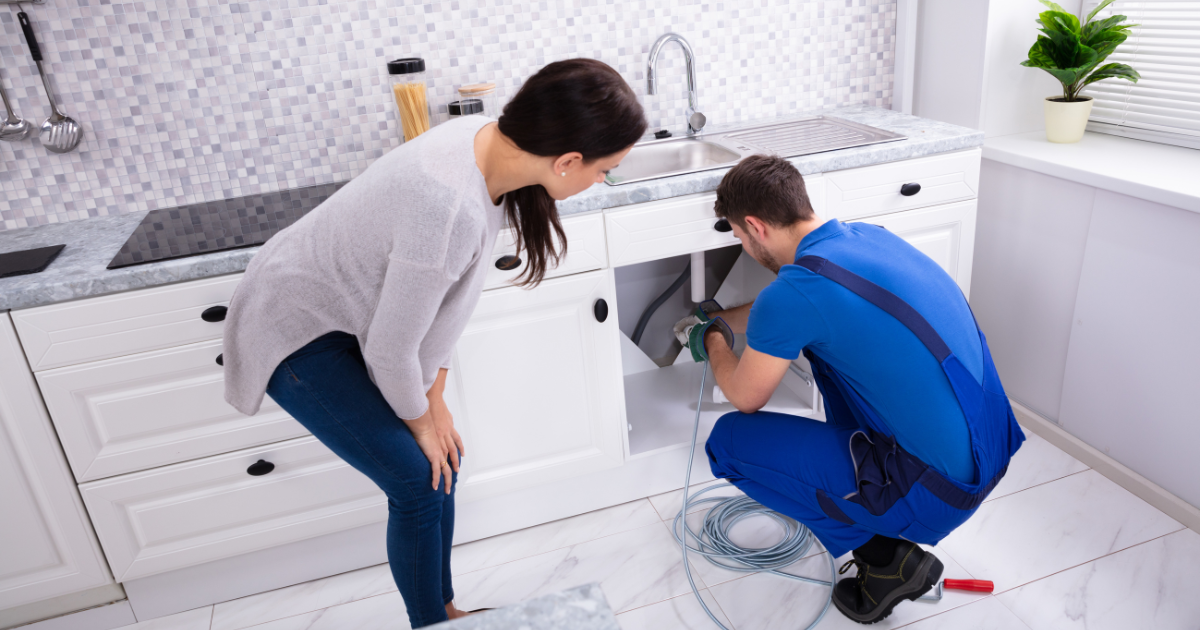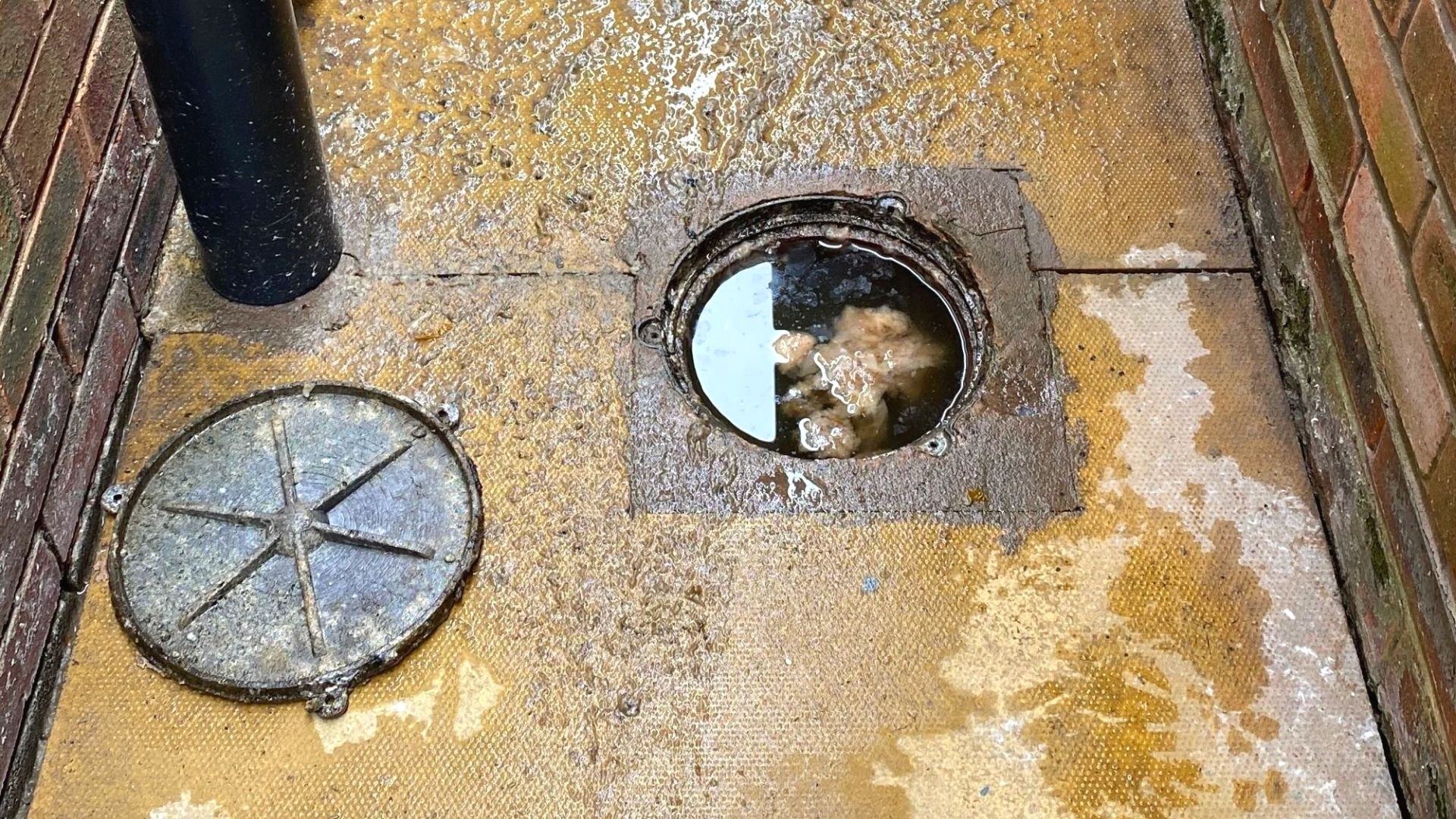Measures to Follow for Repairing a Blocked Drain Before Reaching out to Plumbing Experts
Measures to Follow for Repairing a Blocked Drain Before Reaching out to Plumbing Experts
Blog Article
The publisher is making a number of good pointers related to What I learned from trying to deal with a clogged drain in general in this content which follows.

Introduction
Managing an obstructed drainpipe can be an irritating experience, interfering with everyday activities and possibly causing damage to your property. However, prior to connecting to pipes specialists, there are actions you can require to attend to the issue on your own. In this guide, we'll explore do it yourself services and preventive measures to take on a blocked drain effectively.
Identifying the Concern
The primary step in dealing with a blocked drain is recognizing the indicators. Slow drain, gurgling sounds, foul odors originating from drains pipes, or water backing up prevail indications of a blocked drain. Determining these indications early can assist protect against even more complications.
Usual Reasons For Blocked Drains
Recognizing the factors that contribute to drain clogs is crucial for reliable resolution. Typical culprits consist of hair, soap residue, grease, food particles, and international items like hygienic products or paper towels. Tree roots getting into underground pipelines can also create significant obstructions.
Do it yourself Solutions
For minor blockages, a number of DIY options can be reliable. Pouring boiling thin down the drainpipe can help dissolve grease and debris. Sodium bicarbonate and vinegar or a mixture of salt and baking soda can function as natural cleansers. Making use of a plunger or plumbing serpent to displace obstructions is another alternative.
Devices and Devices
Having the right tools available can make do it yourself drain cleansing more efficient. A bettor is a functional tool for getting rid of obstructions in sinks, commodes, and showers. A pipes serpent or auger can reach deeper clogs, while drainpipe cleansing chemicals can be utilized carefully for persistent obstructions.
Preventive Measures
To stay clear of future clogs, adopting preventive measures is vital. Set up drainpipe guards or strainers to catch hair and debris prior to they enter the pipes. Regularly flush drains with warm water to dissolve oil buildup, and stay clear of getting rid of oil or solid waste down the tubes.
When to Call an Expert
While do it yourself solutions can fix small clogs, particular signs indicate the requirement for professional help. Relentless clogs, foul odors in spite of cleaning efforts, or multiple drains supporting simultaneously are warnings that warrant experienced treatment.
Selecting the Right Pipes Solution
When selecting a plumbing solution, take into consideration aspects such as experience, licensing, and customer reviews. Pick a trustworthy plumbing professional with a performance history of quality workmanship and transparent pricing practices.
Price Factors to consider
The cost of professional drain cleaning company can vary relying on the seriousness of the clog and the plumbing's rates. Request quotes from multiple carriers and inquire about any type of additional charges to make certain openness and stay clear of surprises.
Safety Measures
When trying do it yourself drainpipe cleaning, prioritize security. Put on safety gloves and eyeglasses to prevent contact with hazardous chemicals or germs. Never ever blend various drain cleansing products, as this can generate dangerous fumes.
Case Studies
Real-life instances highlight the efficiency of DIY remedies and the value of prompt specialist treatment in dealing with drainpipe clogs.
Verdict
By complying with the tips detailed in this guide, you can effectively take on blocked drains and stop future pipes issues. Whether selecting DIY services or seeking specialist support, prompt activity is vital to preserving a healthy pipes system and preserving the stability of your home.
How to Clear a Clogged Drain Yourself (And When to Call In the Professionals)
What Can Clog a Drain
Dirt Skin flakes Hair Grease Soap scum Food Offset pipes Tree roots Small objects Mineral buildup DIY Tricks to Unclog a Drain
You can fix this! Once you have identified the source of the clog (or have a vague idea), you can try one or a combination of these fixes in order to clear your plumbing.
Wire Hanger or Snake
Untangle and clear out hair from a drainpipe with a homemade snake. Use a straightened-out wire hanger with a 90-degree angle hook to locate the clog and drag out any unwanted material.
Remember not to push the clog further down to where the wire hanger cannot reach! If you need to follow up with a plunger, give it a try. Your efforts might be more successful after it’s been wire-snaked.
If you want to get fancy and don’t have a wire hanger to spare, head to the store and pick up a hand-operated drain snake. You can get one for $10-$30. It may save you the hassle, and provide additional length to reach deep into the clogged pipe.
Plunger
A cup plunger has a suction cup attached to a wooden handle. The rubber creates a seal around the drain, and increases the pressure force of the plunger.
Plunge for 30-second increments to loosen the clog. This may need to be repeated over the course of 15-20 minutes. Once plunged, run the water to flush the remaining material out of the drain.
Remember– never use a plunger if you have used a chemical drain cleaner. These chemicals can splash up from the force of the plunger and cause serious injury or burns.
Boiling Water
Hot water can sometimes break up materials into a flushable amount. Dirt, grease, and soap buildup requires heat in order to unstick from surfaces.
Take your kitchen kettle and heat your water to a boil. Once it reaches a rolling boil, pour it directly down the drain into the blockage. Carefully follow with plunging, if necessary.
Don’t worry if this takes more than one try! It can often take multiple kettles and repeated plunging in order to clear a particularly stubborn clog.
Chemical Drain Cleaner
As a last resort, pick up a bottle of chemical drain cleaner. Drain-cleaning chemicals are potent, and not very good for the environment.
You may need to wear protective eyewear in gloves before handling your bottle of chemical drain cleaner. Follow the instructions printed on the bottle, and flush with water as soon as the instructions allow. Do not follow with plunging.
Baking Soda and Vinegar
As a safer alternative to chemical drain cleaner, baking soda and vinegar can create a chemical reaction that clears tough clogs.
Combine one cup of cleaning vinegar with one cup of boiling water, and set aside. Once you have done this, pour half a cup of baking soda down the drain. Give the baking thirty seconds to settle and cover a large portion of the problem drain.
Following the baking soda, pour down your vinegar and hot water solution. Once the vinegar and baking soda combine, the mixture will bubble and fix. Let this reaction fizzle in the drain for about an hour.
After an hour, follow with a kettle’s worth of hot water. The heat and liquid should flush out any remaining material.
When to Call a Plumber
If your DIY attempts haven’t cleared your clog drain, it’s time to call in a professional. It’s not worth losing access to your kitchen sink or high-traffic bathroom. A clog in a vital area can keep you from the things you’d rather be doing, and derail your routine.
Anytime a clog is causing water to spread is a time to call in a plumbing service. What starts out as a little bit of water can quickly grow into serious, expensive water damage.
Additionally, a serious clog can result in burst pipes or serious leaks. Make sure you know when to take it seriously!
https://myguysnow.com/how-to-clear-a-clogged-drain-yourself-and-when-to-call-in-the-professionals/

We were made aware of that report on Some easy tips to fix blocked drains through someone on another web page. Sharing is caring. One never knows, you may just be helping someone out. Thanks a lot for your time spent reading it.
Book Report this page